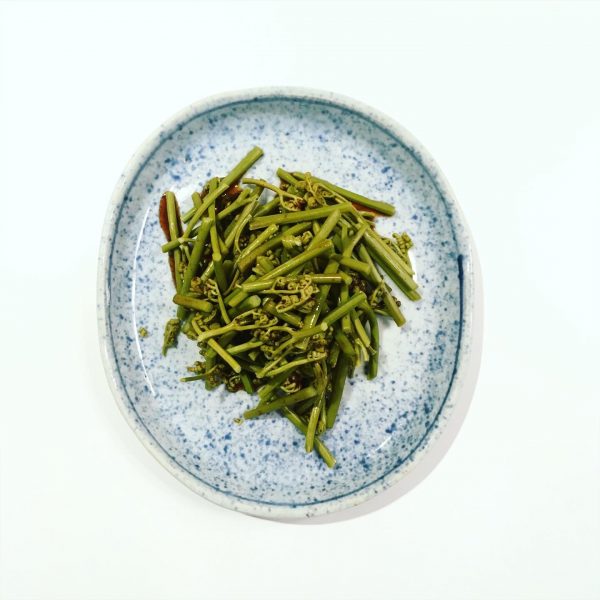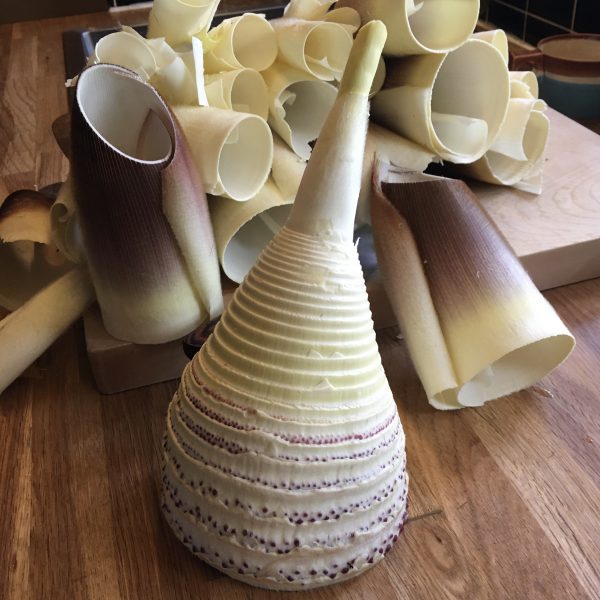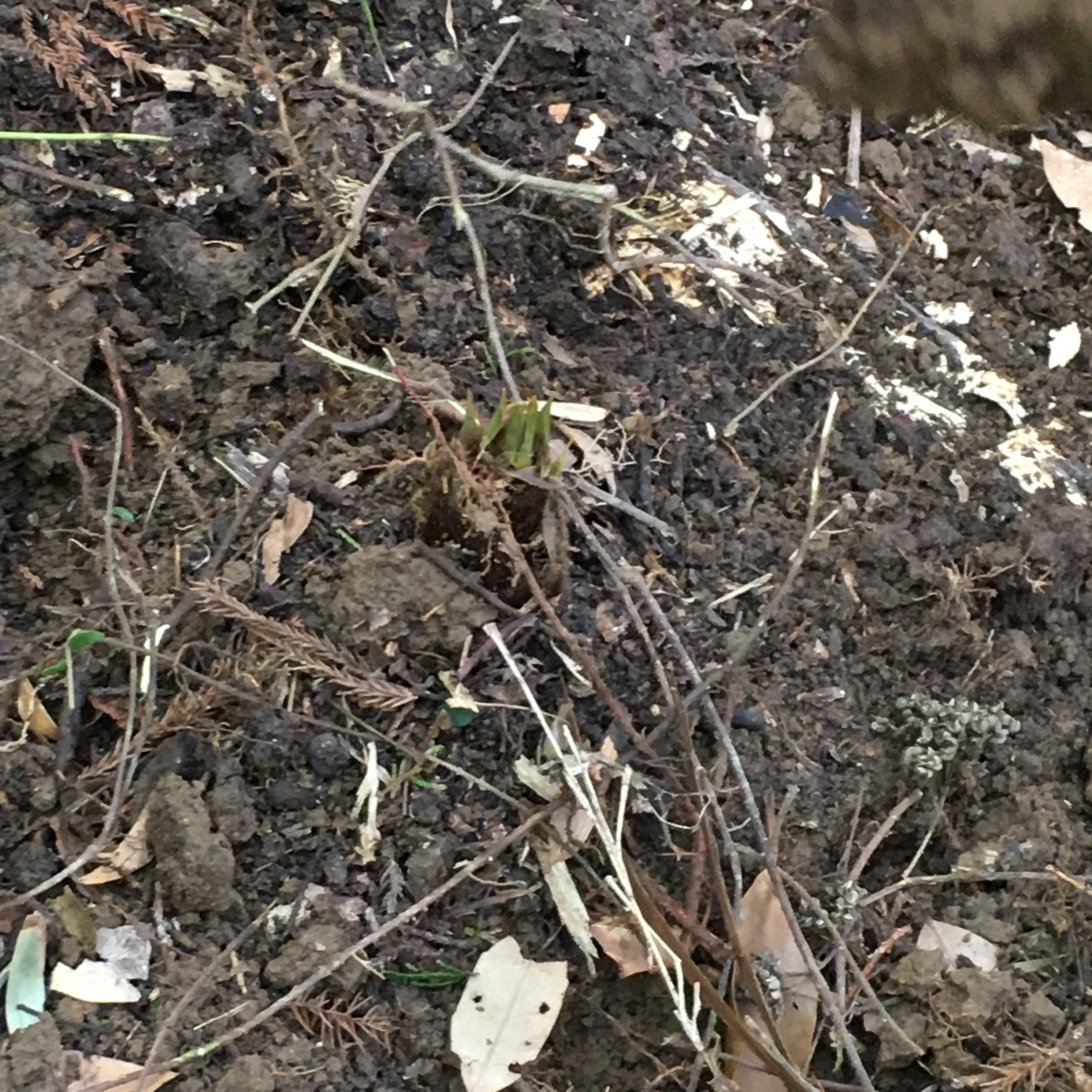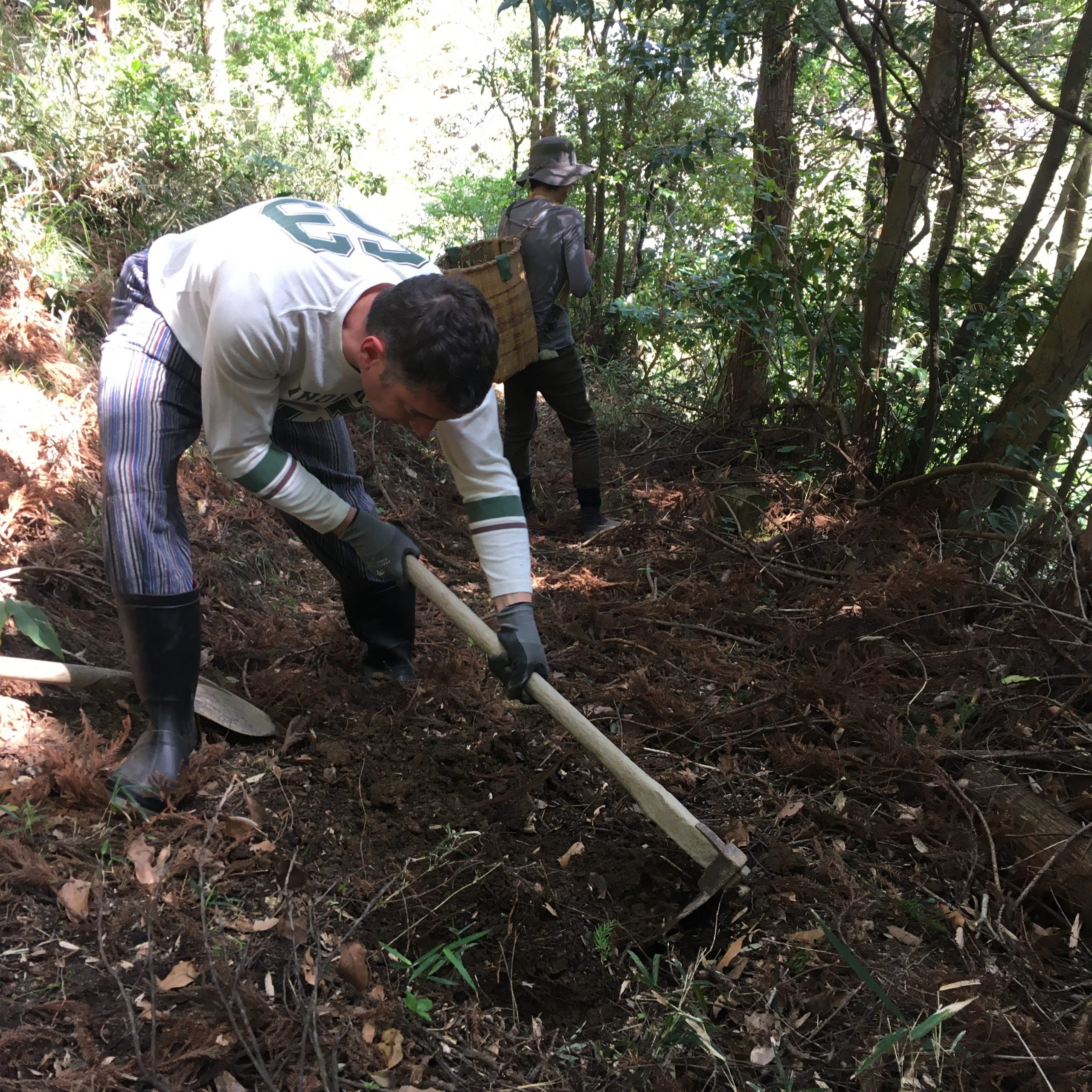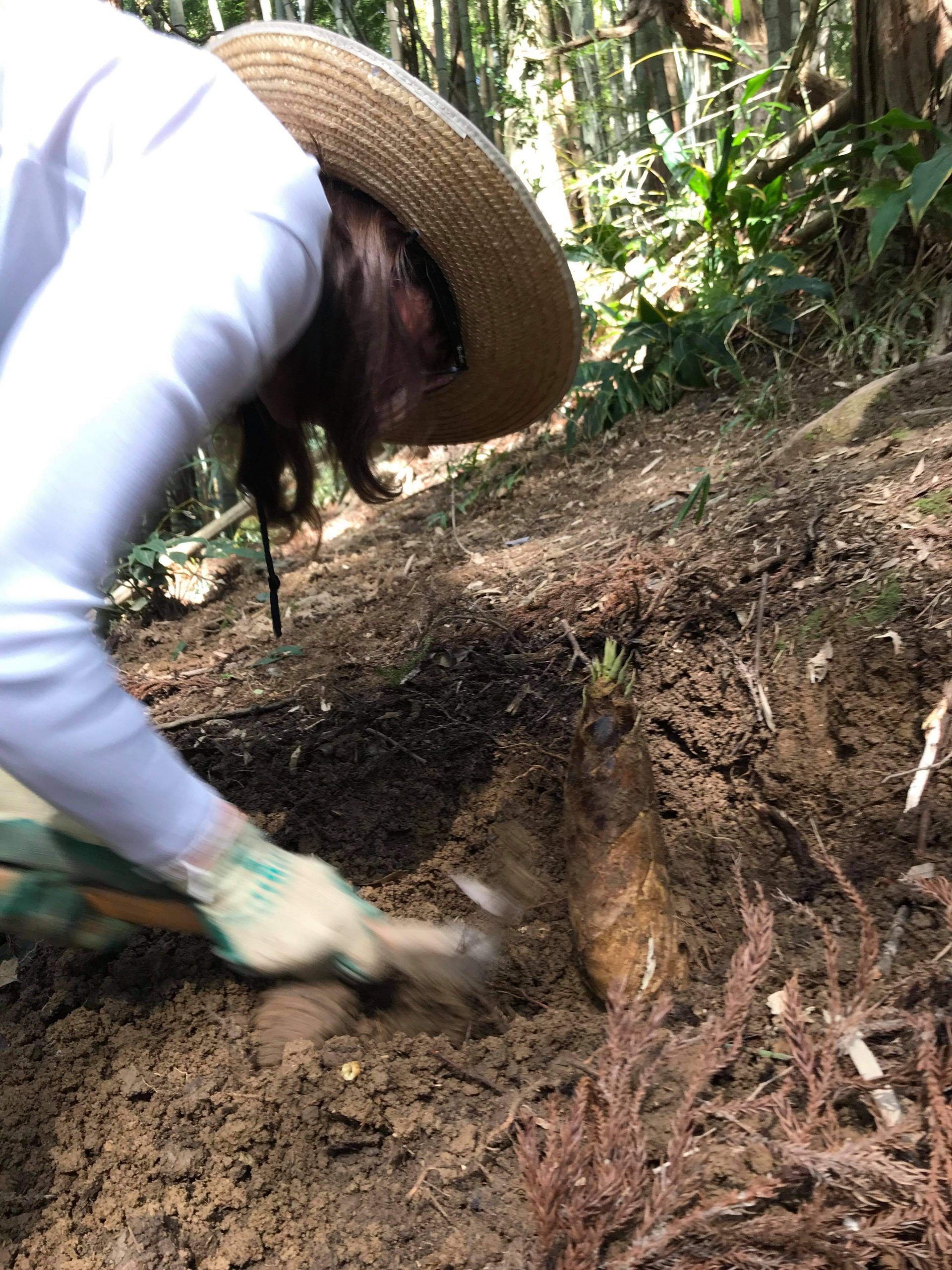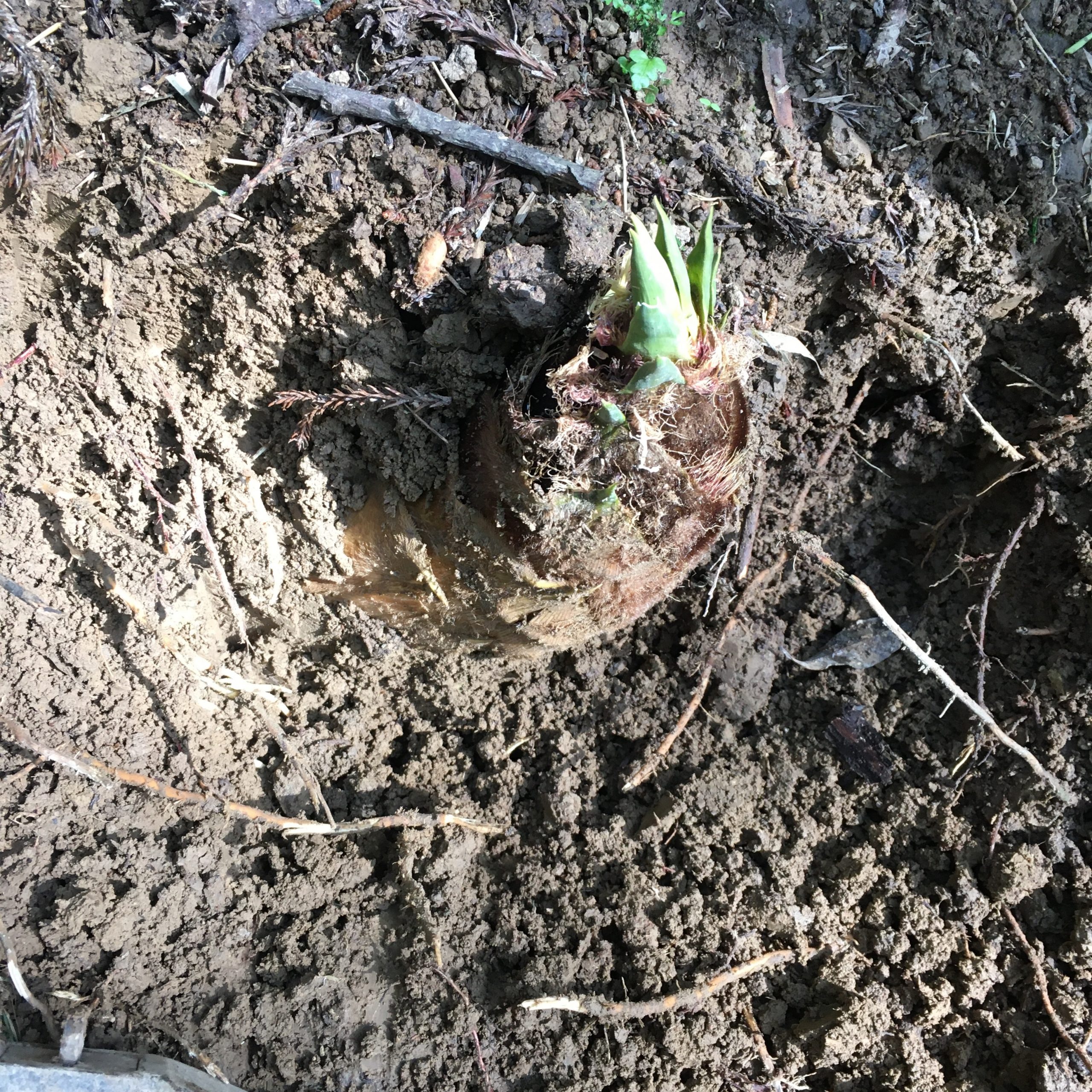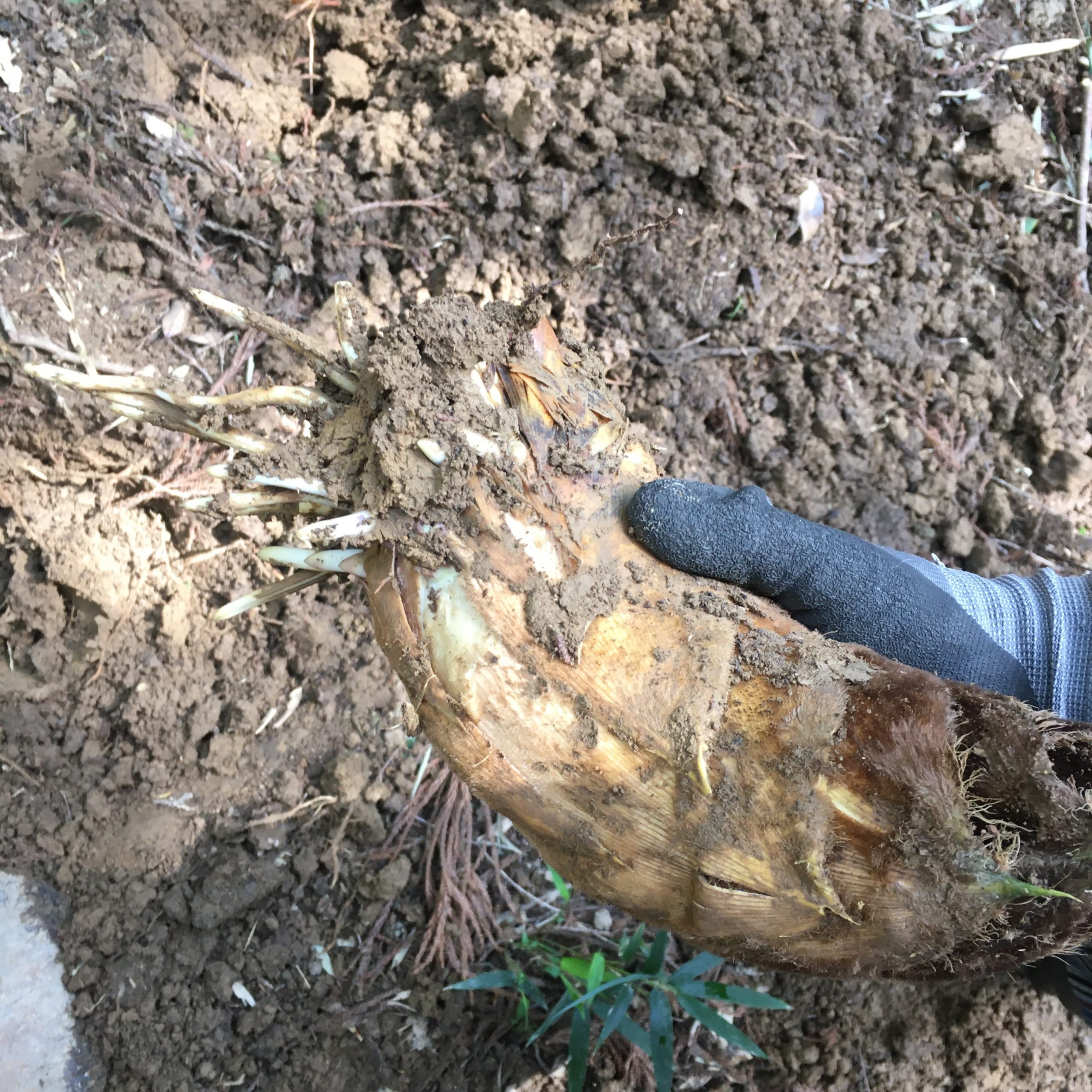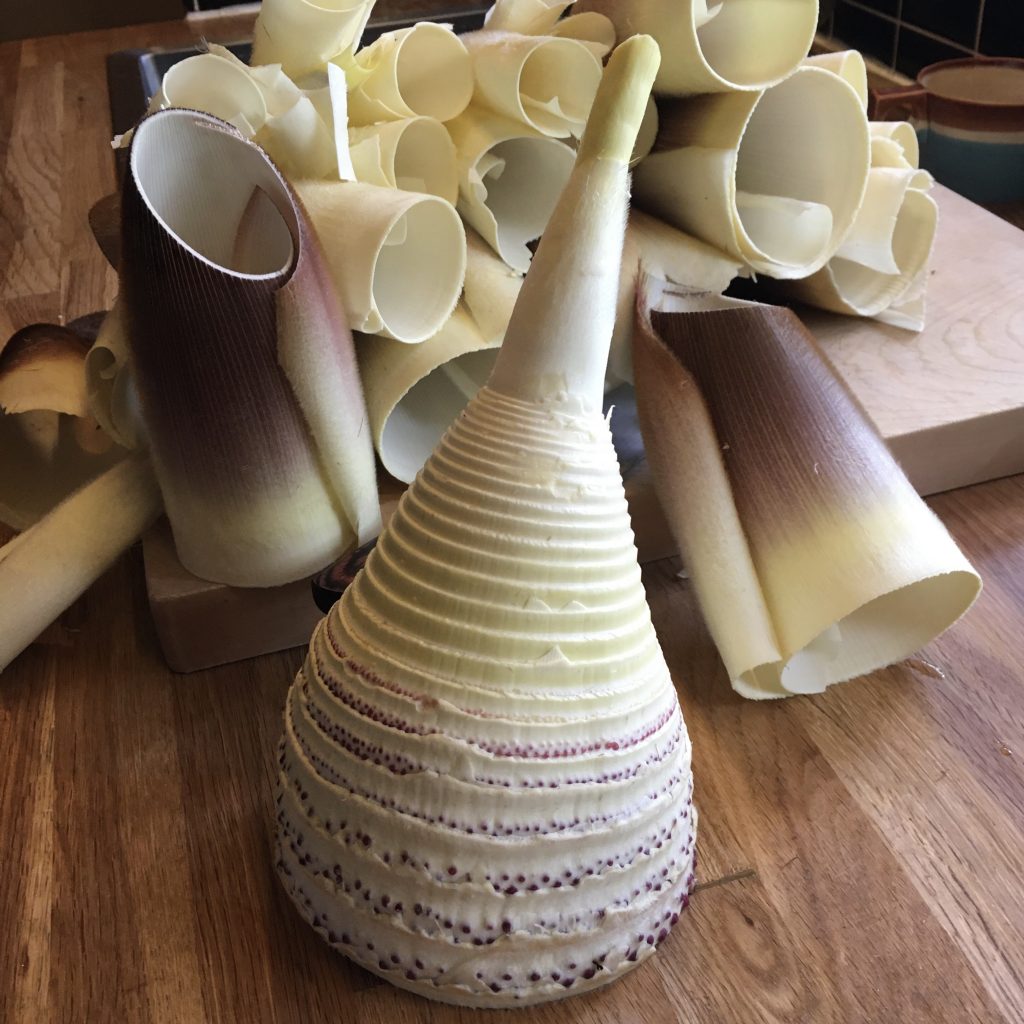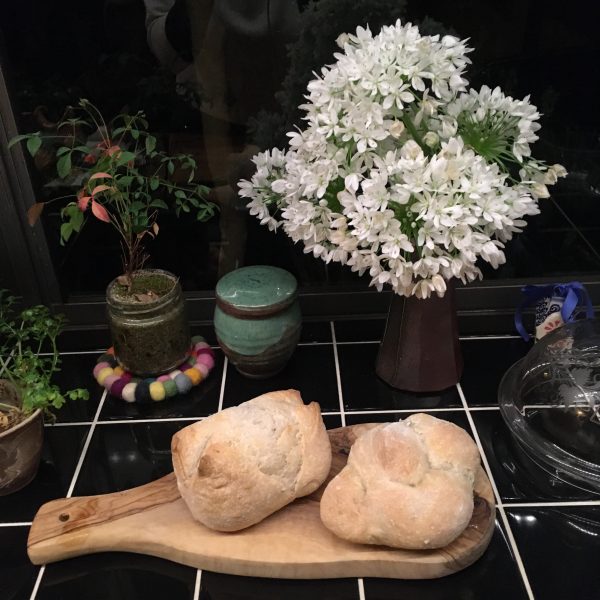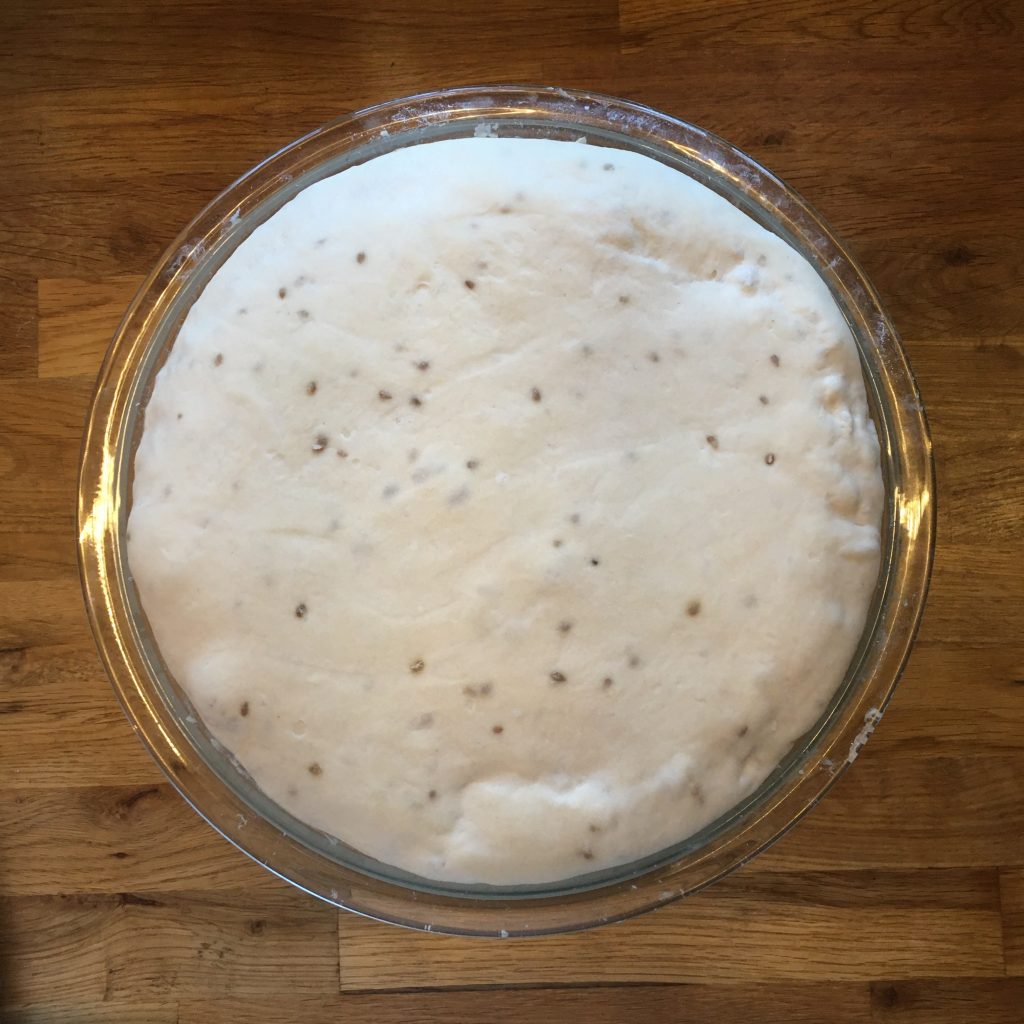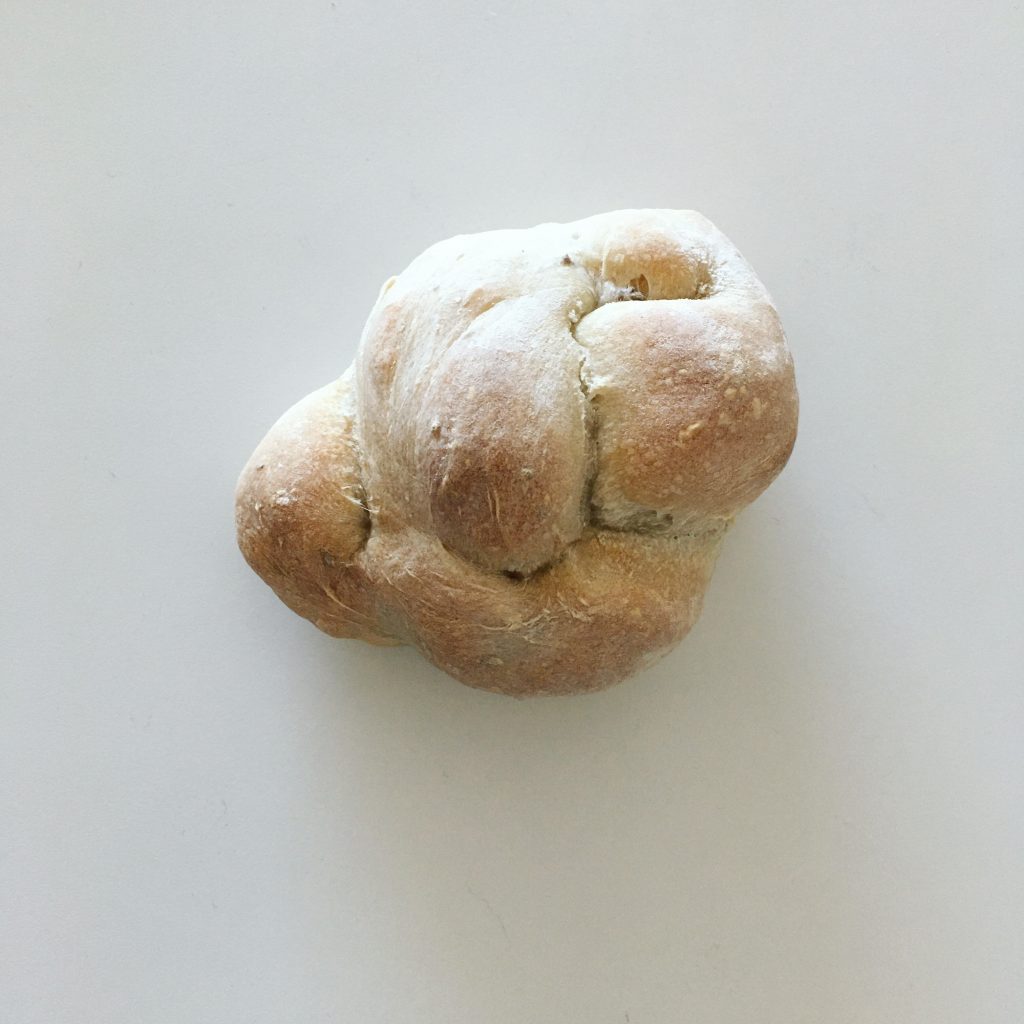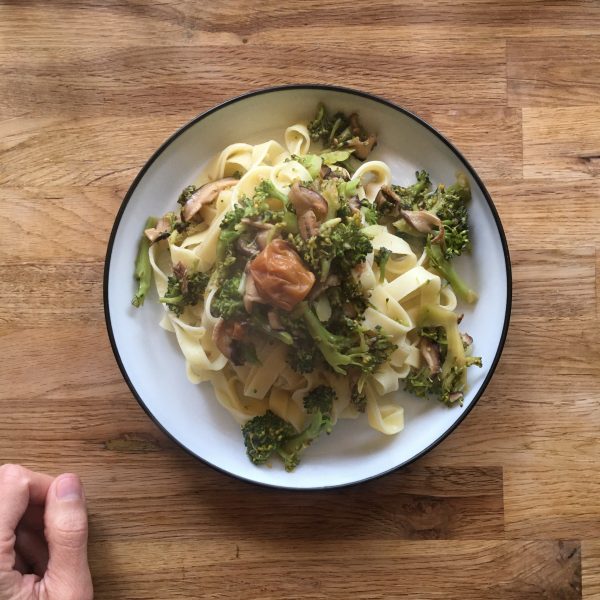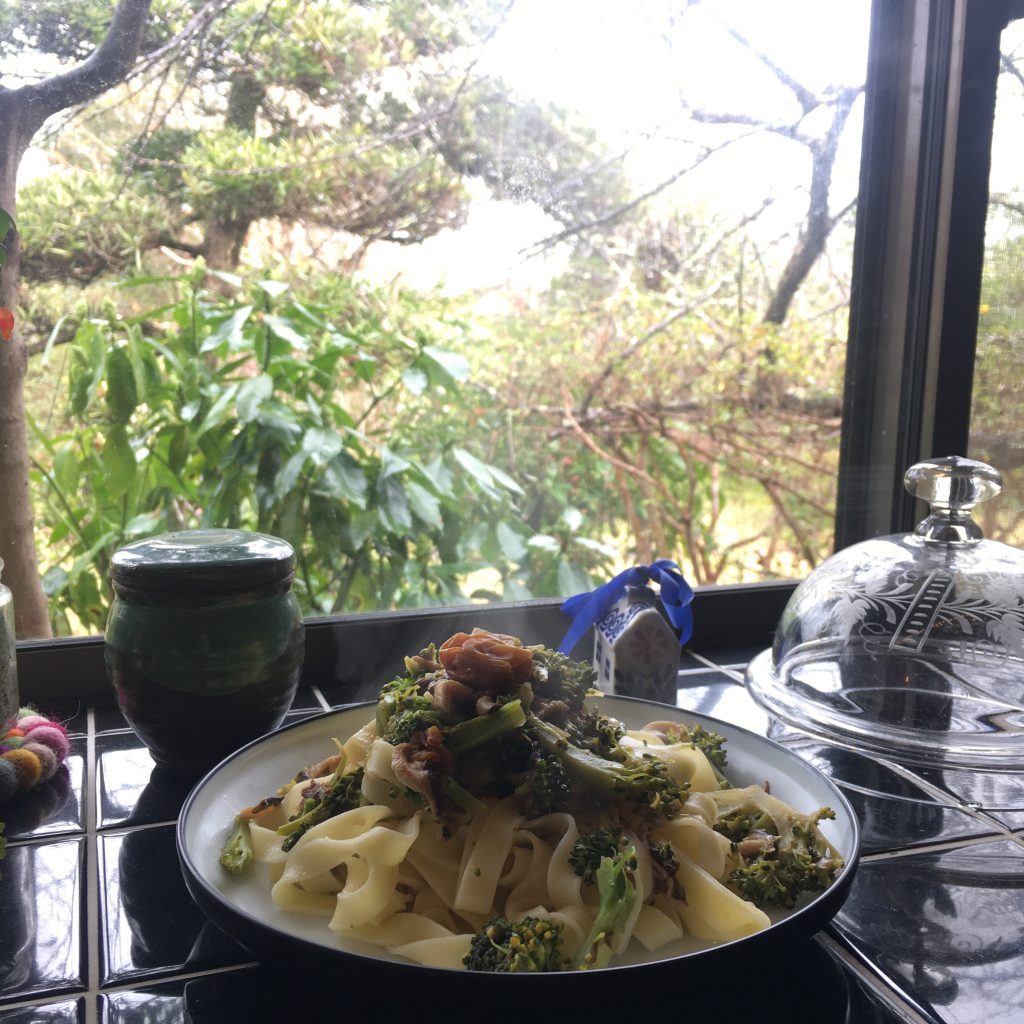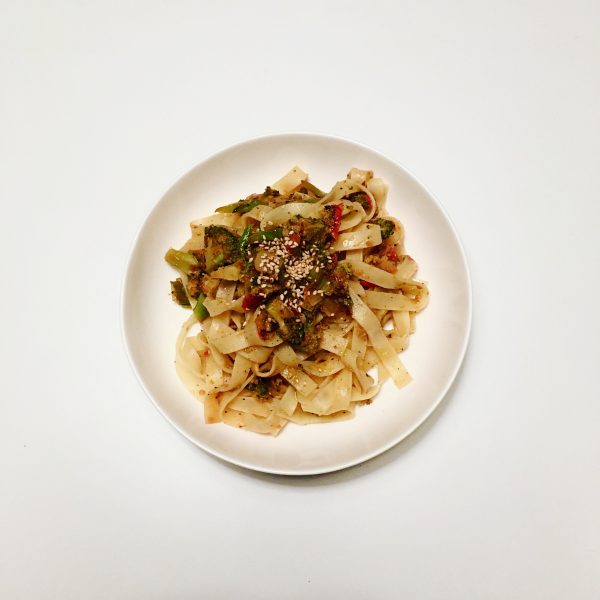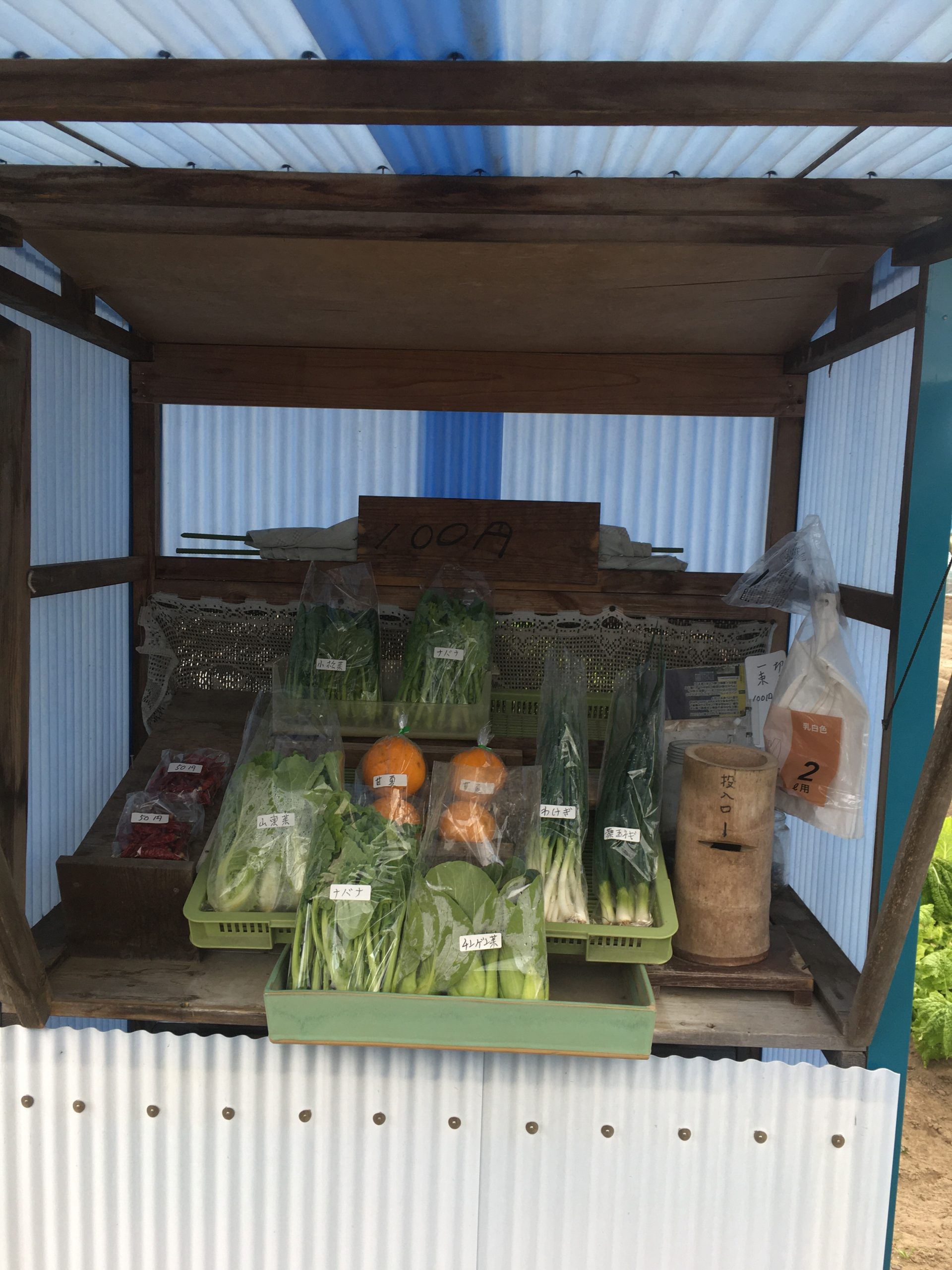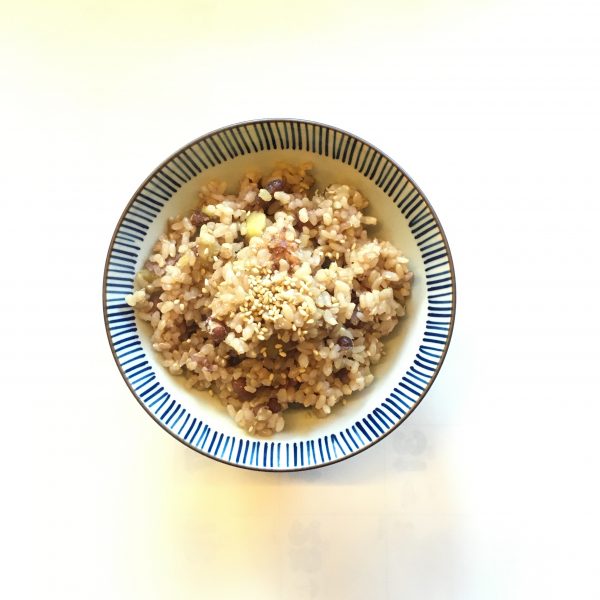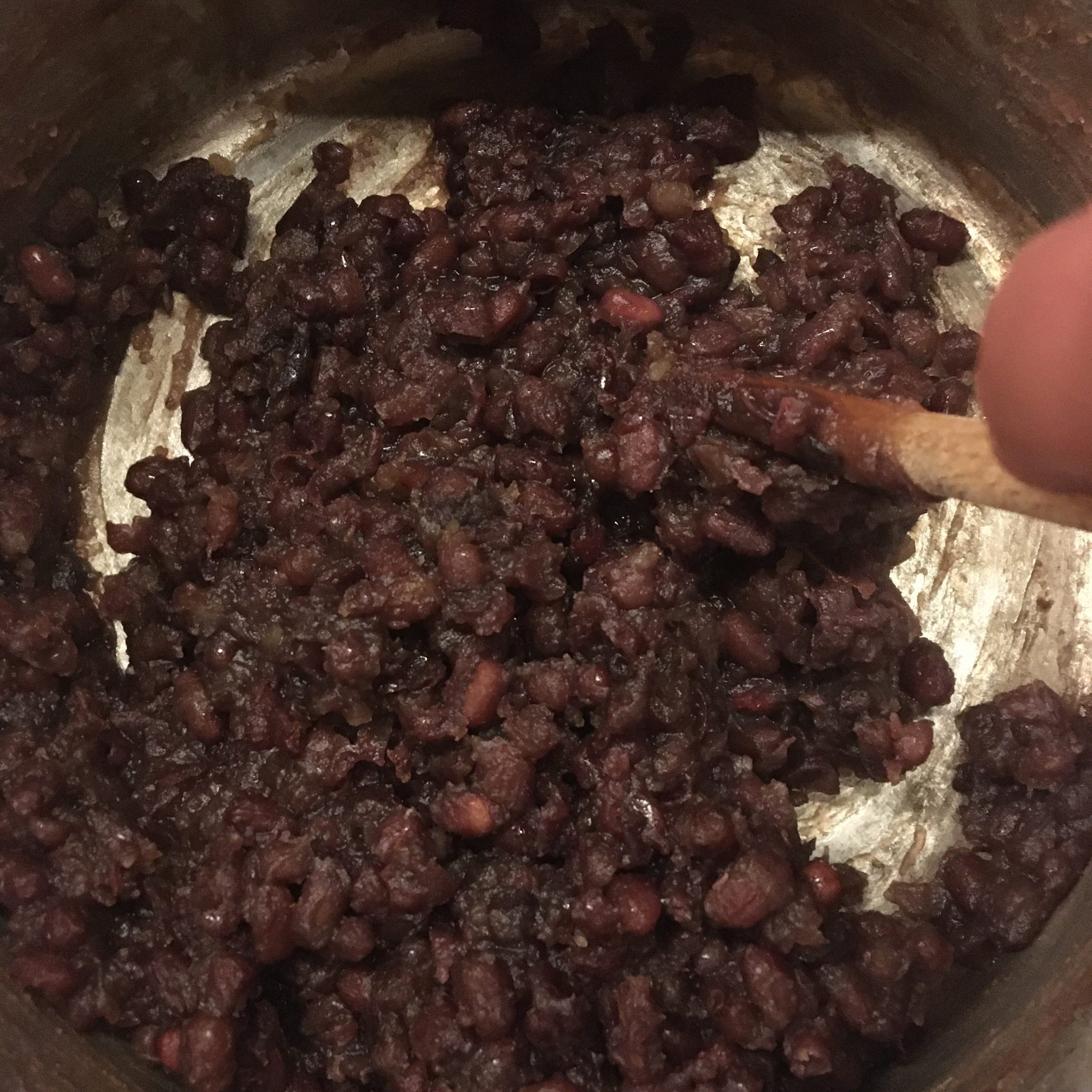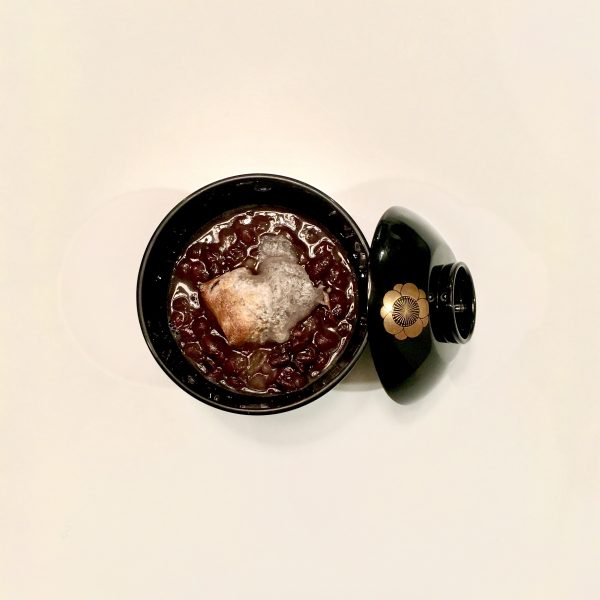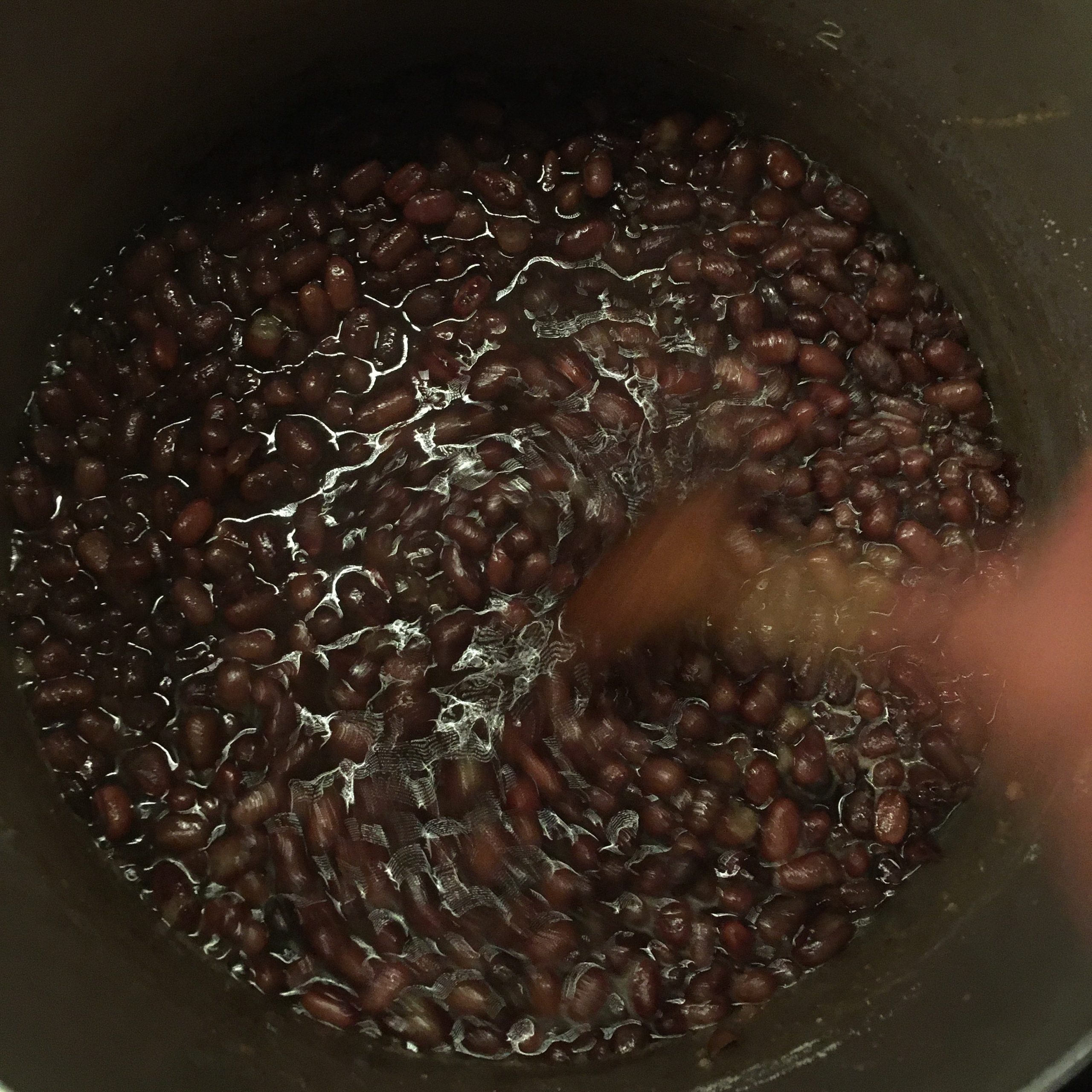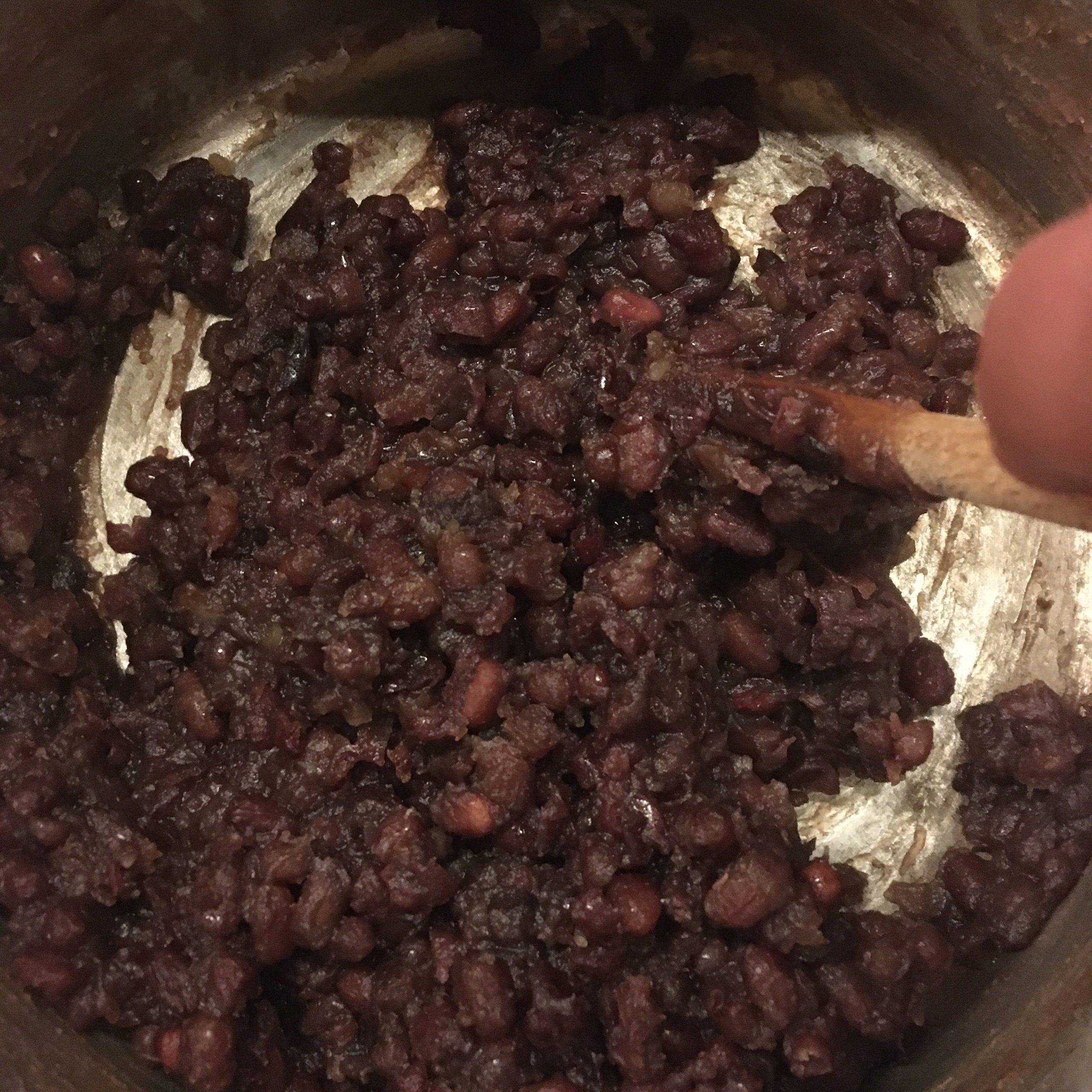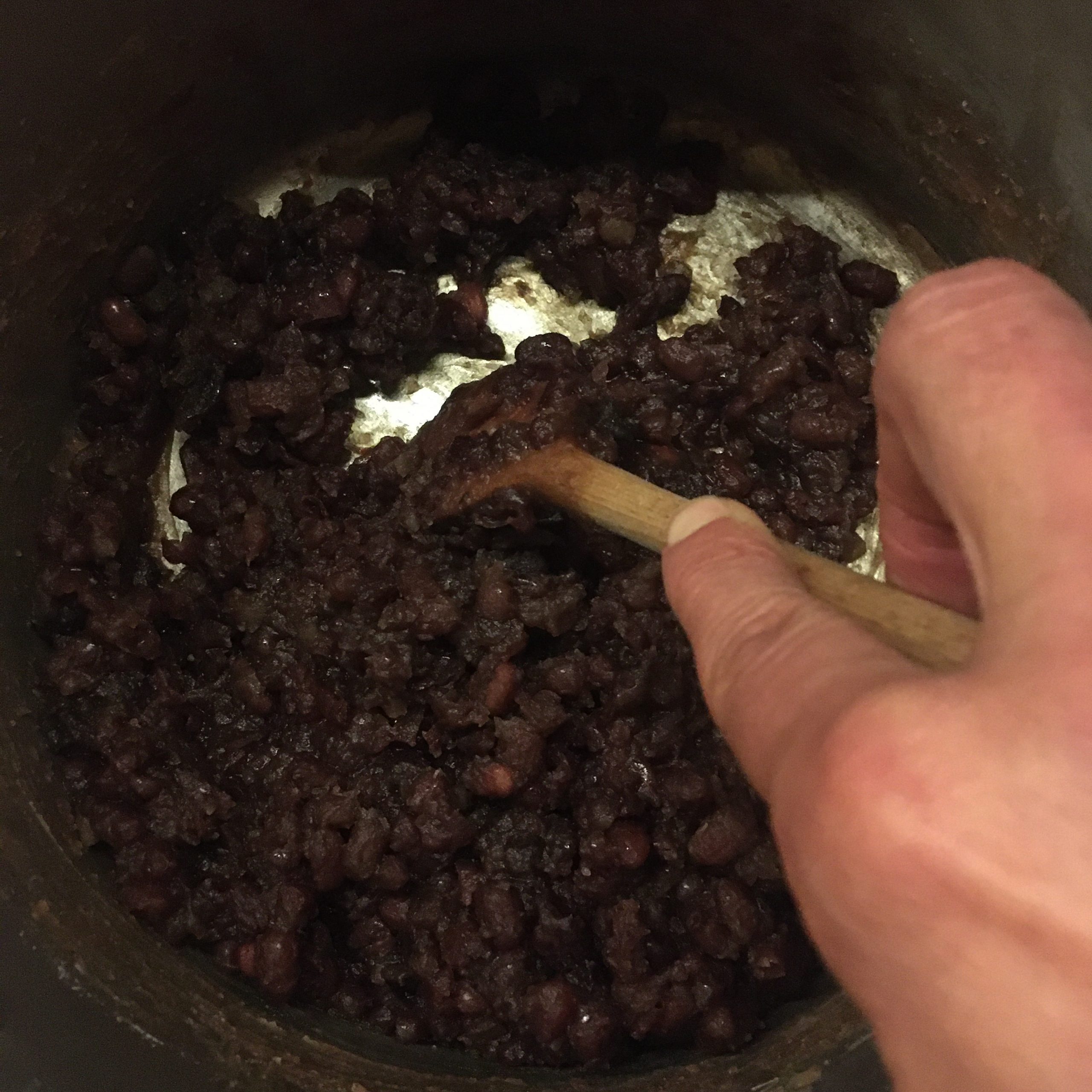When we go with our friends in Tsunan to forage spring wild vegetables, we would for sure also pick some eagle fern – warabi – わらび 蕨. But because it takes a bit of time to prepare (I’ll come to it later) and we have so many other things to eat, we would usually leave without eating them. So, despite the fact that I knew how to prepare them, I couldn’t recall having eaten any fresh ones… and while we were picking bamboo shoots I was looking at fern and picked a few kogomi – こごみ as these are among my favorite sansai – 山菜… but then I grew uncomfortable with the idea of eating them as I have never picked any in Boso before and there are so many varieties… I was worried one may be poisonous… I realized I need to study (a bit) more. I know that it is impossible almost to find kogomi at the farmers market, so either none are locally good or found in tiny amounts that people keep them for themselves. On the other hand warabi can be found at the farmers market!! So I decided to try cooking some in place of kogomi.
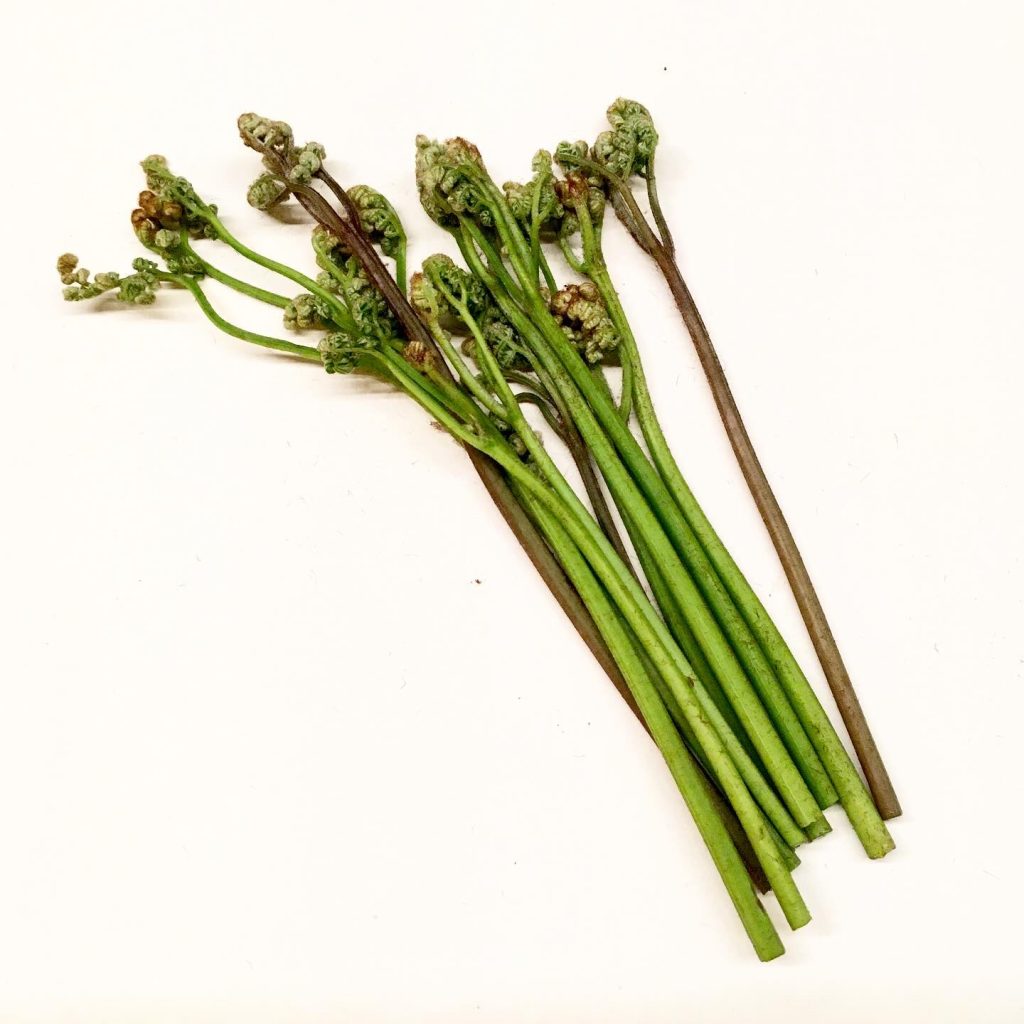
As it was my first cooking them I browsed a few cookbooks, and reminded myself of K. in the kitchen parboiling them while stirring them vigorously with chopsticks and then leaving them to rest overnight by the window. A quick reading on kogomi made me understand why this process was so important. It isn’t to remove the bitterness of warabi, it is to remove a toxin from it that is carcinogenic. So don’t try to eat warabi raw or simply cooked. The parboiling, the stirring and the overnight wait are paramount to removing the toxic component. That said and done, eating warabi is totally safe! As a first try I decided to go by the book. I simply prepared them in soya sauce. So here is my recipe, nothing fancy but deliciously simple as I live a recipe to be.
Warabi
- A handful of warabi –
- A tsp of baking soda
- A tbs of soya sauce
Remove the bottom of the warabi, and wash them. In a pan boil sufficient water. Add the warabi and stir energetically. At this stage you can add a tsp of baking soda. Then keep at room temperature for the night. You can prepare them now.
The simplest is to drain the amount desired, cut in 3-4cm pieces, heat in a pan and add at the very end the soya sauce. It can be eaten as it or at room temperature. Enjoy!!
